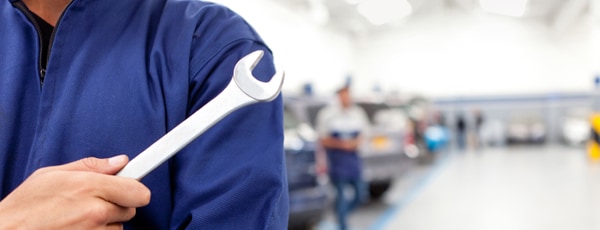
1. Good Habit: Check your vehicles oil levels once a week during your fill-ups!
To ensure you are getting the most our of your trusty engine, check your fluids yourself! This is as simple as opening the hood of your vehicle, pulling out your oil stick and seeing if the oil is leveled with the line marked to indicate its current level. Also, checking the brake, transmission, power steering, coolant, and windshield washer fluids should be checked regularly.
2. Inspect vehicles hoses at each oil change.
Have hoses replaced when leaking, brittle, cracked, rusted, swollen, or constrained.
3. Inspect the exhaust system.
Check exhaust system for leaks, damage, and broken supports to hanger if there is an unusual noise. Leaks can be severely dangerous and must be fixed without delay.
4. Schedule tune-up.
A tune-up can help the engine deliver the best balance of power and fuel economy and produce the lowest level of emissions. Click here to schedule your appointment today!
5. Check heating, ventilating, and air conditioning.
Proper heating and cooling performance is critical for interior comfort and ensures safety due to defrosting.
6. Inspect the steering and suspension system.
Annually check the steering and suspension system including shock absorbers and struts.
7. Check the pressure of all tires.
At least once a month check tire pressure. Check the tread, irregular wear along the sidewalls. Also, checking the alignment of your vehicle annually can reduce tire wear and improve fuel economy and handling.
8. Replace windshield wiper blades.
Every six-months check wiper blades and replace them when cracked, cut, streaking, or chattering for better performance.